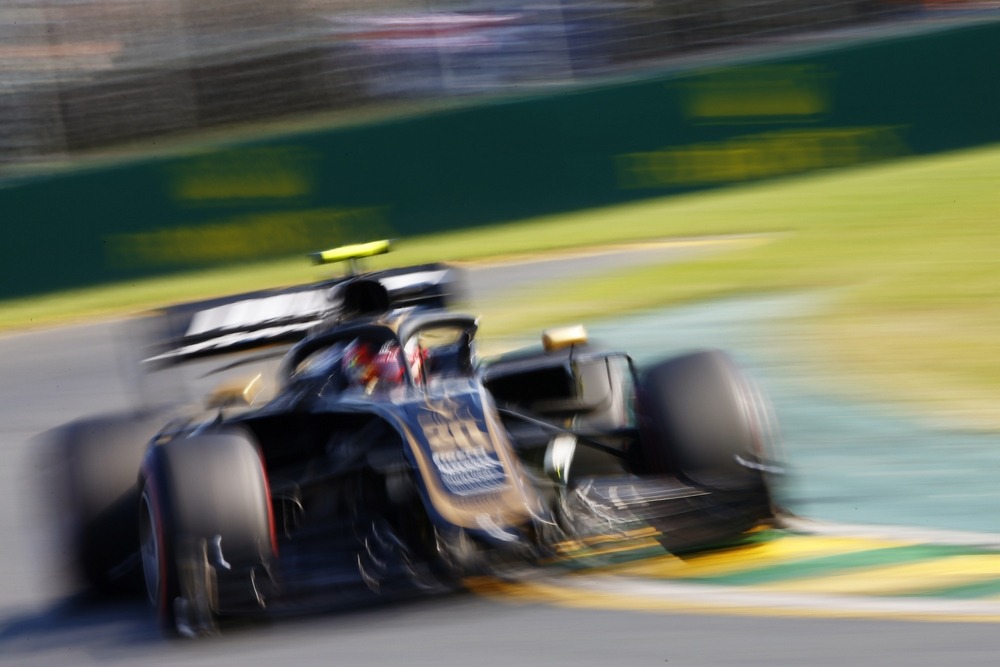
When Netflix announced their new F1 documentary in February, I was skeptical when they claimed the film crew was given exclusive access like “has never been done before”. It sounded like typical over-hyped marketing material that most films use. However, now I’ve watched the series and I stand corrected.
The series, entitled Drive to Survive, is a ten-part documentary that was released in early March on the popular streaming platform Netflix. It’s comprised of 30-minute episodes designed to provide fans with behind the scenes access to the biggest teams and fastest drivers in motorsport… and it does so excellently.
I should have anticipated nothing less since it was created by the same people behind Senna, my favourite F1 documentary and arguably the greatest F1 film of all-time.

Each episode covers a variety of storylines throughout the 2018 season as they unfold: The hostility between Renault and Red Bull as their relationship breaks down; Daniel Ricciardo’s choice to leave Red Bull; The near destruction of Force India; The downfall of Williams; Romain Grosjean’s shaky performance in 2018; The inner workings of Sauber as Charles Leclerc is signed for Ferrari; and the fight between Renault and Haas for fourth in the World Constructors’ Championship.
The documentary is captivating and you’ll want to watch each episode. Personally, I finished the entire series in a single afternoon with no regrets. I can genuinely declare that no other film as provided the same level of uncensored behind the scenes insight as Drive To Survive. You will walk away with a completely different understanding of what’s going on behind closed doors in F1.
The amount of swearing will shock you. The uncensored reality of this film shines a spotlight on the intensity and stress in the sport. A particular scene that comes to mind is Guenther Steiner’s phone call with Gene Haas after the team’s troubling double retirement at the season opener in Australia.
There are many other memorable moments in the film. I had a good laugh when Carlos Sainz’s team was arguing with him from the pit wall about saving his tyres. I could sense the emotion when Max Verstappen retired from the Hungarian Grand Prix. I felt sad for Williams after seeing the plight of the team and involvement of Lawrence Stroll. There were a few moments where the documentary had an open microphone to the drivers in the cars, which made you feel like you were in the cockpit when the drivers went for a slide during the wet qualifying session in Belgium.
There was a strong focus on Red Bull, Renault and Haas, with a lot of the primary focus turning to the rocky relationship when Red Bull terminated their engine deal with Renault. The filming crew did a remarkable job portraying the tense atmosphere to the viewer.
I’m glad that Mercedes and Ferrari refused to participate in the film because they are often the center of attention in the media. Their absence left plenty of screentime for the stories you simply don’t see on TV.
The only thing that I disliked was the strong focus on Formula One’s pay drivers. It’s no secret that drivers can advance to F1 with substantial financial backing, as has been the case for decades. Still, I feel that the amount of attention drawn to the topic deminished the fact there are many talented drivers in the sport.
Overall, I’d unquestionably suggest watching the series if you are an F1 enthusiast or someone who likes other motorsports. It’s a tale about the world’s highest level motorsport like never seen before.
The views and opinions expressed in this article are solely those of the author and do not necessarily reflect the official policy or position of any other agency, organization, employer or company. Assumptions made in any analysis contained within this article are not reflective of the position of any entity other than the author.